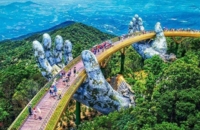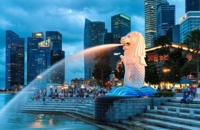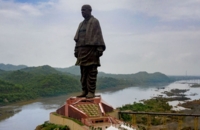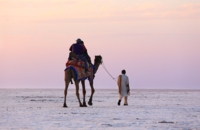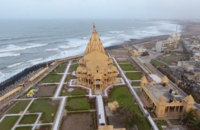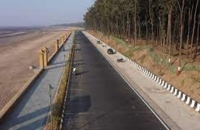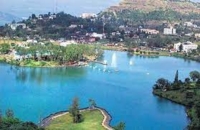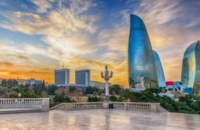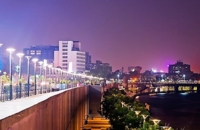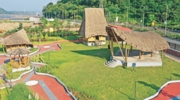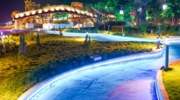It is a Global Forest and offers a natural aesthetic beauty. The thought of Vishwa Van was conceptualized by the Hon’ble Prime Minister of India, Shri Narendra Modi, who after guiding the construction of Statue of Unity in just 46 months, envisioned the integrated development of Ekta Nagar on the theme of Unity in diversity.
Vishwa Van (a Global Forest) is home to herbs, shrubs and trees native to all 7 continents signifying the underlying theme of ‘Unity in Bio-diversity’ in global context as well. Vishwa Van symbolizes the life sustaining potion of forests in the context of all life forms in the planet. Vishwa Van has a diverse assemblage of flora representing every continent of the world. The vegetation is arranged in a way to resemble the natural forest of a particular zone.
The motive is to educate the visitors about biogeography – the study of distribution of species and ecosystems in geographic space. The differences or similarities in the floral diversity can certainly be attributed to the continental drift phenomenon, which is attempted here.
- Planning and Implementation: Vishwa Van has an area of 5 acres, situated next to the Statue of Unity. The wavy borders of the blocks representing the continents are shaped to represent the outlines of continent’s map and are painted similar to the colours of the Olympic rings, specific to each continent. Self-explanatory signage elucidating the concept and associated information about the flora have been positioned at appropriate locations.
-
Abodes of Dwellers- Structures representing the traditional abodes of dwellers from remotest corners of the world have been created here with a view to introducing visitors with their living.
Such edifices at the sites are –
- Fiji House – Bure: Bure is the Fijian word for a wood-and-straw hut. Traditionally, ethnic Fijians live in two types of houses; a vale was the family house, while men’s houses (where circumcised males of the clan met, ate, and slept) were known as Bures.
- Bali House: The Balinese traditional house follows a strict ancient architectural guide which is a product of a blend of Hindu and Buddhist beliefs, fused with Austronesian animism, resulting in a house that is “in harmony” with the law of the cosmos of Balinese Hinduism.
- African-Louisiana Conference Area: The beauty of the concept lies in the conglomeration of traditional houses in Africa with those of the orthodox designs from Louisiana. It’s a blend of aesthetic architectures of both the continents.
- Maloca House: This structure is inspired from the traditional house of the indigenous Marubo tribe of Brazil. A Maloca is an ancestral long house used by indigenous people of the Amazon, notably in Colombia and Brazil.
- Pagoda: A Pagoda is a tiered tower with multiple eaves, built in traditions originating as Stupa in historic South Asia and further developed in East Asia with respect to those traditions.
- Location: Statue of Unity, Gujarat 393155, India
- Operational Hours: 08:00Hrs to 18:45Hrs


